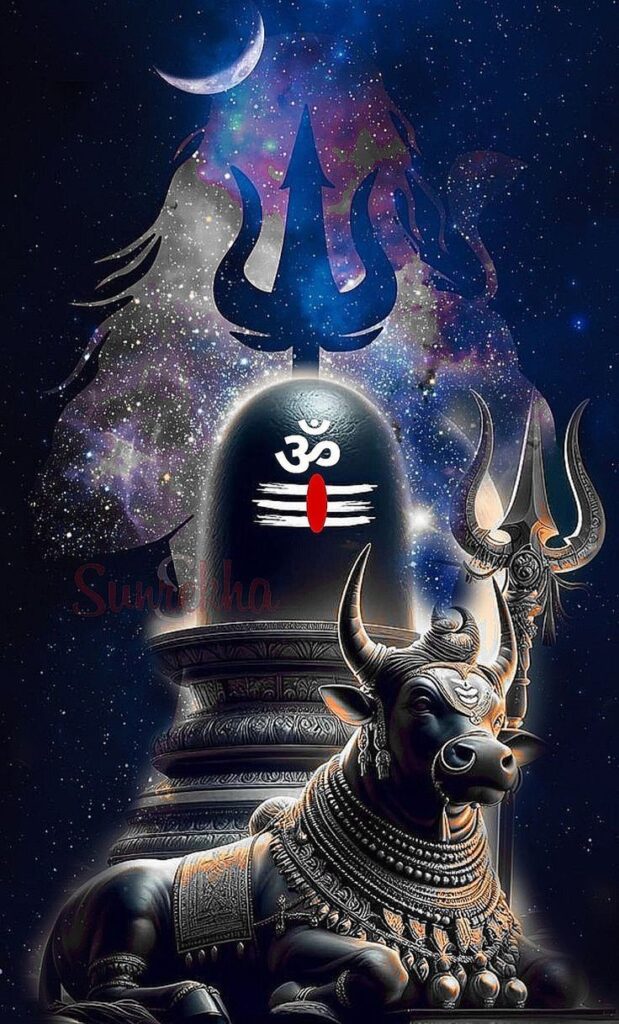
Among the trinity of supreme Hindu deities—Brahma (the creator), Vishnu (the preserver), and Shiva (the destroyer)—Lord Shiva stands apart as ‘Mahadev’, meaning the Great God or God of all Gods. But what makes Shiva earn this title? Why is he revered as Mahadev across scriptures, temples, and millions of devotees’ hearts?
In this comprehensive blog, we’ll explore:
The meaning of Mahadev
The mythological significance of Shiva
Spiritual symbolism
Shiva in Vedas and Puranas
Why even gods like Vishnu and Brahma worship him
His role in modern-day spirituality
And how this title shapes Sanatan Dharma
Let’s unravel the mysteries of Mahadev—the timeless, formless, and all-encompassing force.
What Does ‘Mahadev’ Mean?
The term “Mahadev” is made up of two Sanskrit words:
‘Maha’ = Great
‘Dev’ = God
So, Mahadev means “The Great God”, or more precisely, “The God of all Gods.” While many deities in Hinduism have specific powers or domains, Mahadev is considered the ultimate, the one who transcends all classifications.
In Hindu scriptures and philosophy, Shiva is beyond duality, beyond time, and beyond even creation.
The Unique Identity of Shiva
Lord Shiva is not just a god of destruction. He is:
The Source of Creation (Adi Yogi)
The Lord of Meditation (Yogeshwar)
The Destroyer of Evil (Rudra)
The Master of Dance (Nataraja)
The Lord of Compassion (Ashutosh)
Unlike other deities, Shiva doesn’t reside in grand palaces. He lives on Mount Kailash, wearing tiger skin, with ash smeared on his body, serpents as ornaments, and a crescent moon on his matted hair. This unconventional appearance symbolizes detachment, raw nature, and supreme consciousness.
Shiva in the Vedas and Puranas
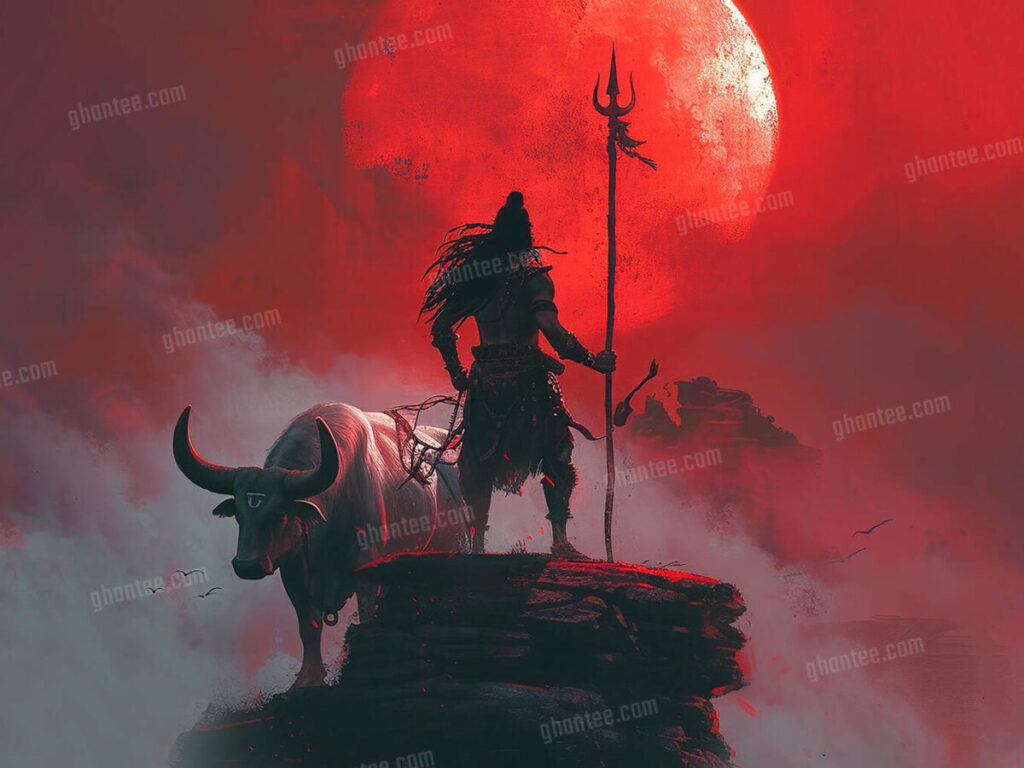
Rigveda and Rudram Hymns
One of the earliest mentions of Shiva is found in the Rigveda, where he is referred to as Rudra—the fierce form. The Shri Rudram chant describes his cosmic nature and declares him as the supreme force beyond gods and humans.
Shiva Purana and Linga Purana
The Shiva Purana calls him Sadashiva—eternal and unchanging. In the Linga Purana, it is said:
“Shiva manifested before Brahma and Vishnu as a giant pillar of fire that had no beginning or end.”
This shows that even Vishnu and Brahma could not comprehend Shiva’s true form—proving that he is beyond all.
The Story of Shiva Being Worshipped by Other Gods
One of the most important myths illustrating Shiva’s supremacy is the Lingodbhava story.
The Lingodbhava Myth
Once, Brahma and Vishnu argued about who was the supreme god. Suddenly, a massive pillar of fire (a Shiva Linga) appeared before them. They decided to find its beginning and end:
Vishnu went downward as a boar (Varaha)
Brahma went upward as a swan (Hamsa)
Neither could find the start or end. Brahma falsely claimed he found the top, while Vishnu admitted defeat. Shiva then emerged from the pillar and punished Brahma for lying, declaring there would be no temple dedicated solely to him.
This myth reinforces Shiva’s supremacy even among the Trimurti.
Why is Shiva Called Mahadev? Key Reasons
1. Source of All Energies
Shiva is Shakti’s consort—without Shiva, Shakti (energy) is inert, and without Shakti, Shiva is lifeless. Together, they form the divine cosmic balance.
2. Adi Yogi – The First Guru
Shiva is the first yogi (Adi Yogi) who taught the wisdom of yoga to the Saptarishis. He gave the knowledge of:
Meditation
Pranayama
Self-realization
Even today, spiritual seekers look to Mahadev for inner awakening.
3. The Destroyer of Ego
Shiva doesn’t destroy for the sake of violence. He destroys:
Ego
Illusions (Maya)
Unrighteousness (Adharma)
Destruction is necessary for new creation. Hence, he is the transformer—not just a destroyer.
4. Ashutosh – Easily Pleased
Shiva is called Ashutosh, meaning one who is quickly pleased. He doesn’t need elaborate rituals. A simple offering of water, a sincere heart, or a chant of “Om Namah Shivaya” can earn his grace.
5. Beyond Birth and Death
Shiva is Ajanma (unborn) and Nitya (eternal). Unlike Vishnu who incarnates as Rama and Krishna, Shiva doesn’t take avatars in the same way. He appears in forms (e.g., Bhairava, Nataraja, Ardhanarishvara), but remains unchanged.
Symbolism of Lord Shiva as Mahadev
Each element of Shiva has deep spiritual symbolism:
| Symbol | Meaning |
|---|---|
| Third Eye | Inner vision, wisdom beyond senses |
| Crescent Moon | Time cycle, control over time |
| River Ganga | Flow of divine knowledge |
| Trident (Trishul) | Control over creation, preservation, and destruction |
| Serpent | Kundalini energy, fearlessness |
| Tiger Skin | Mastery over desires |
| Ash on Body | Impermanence of life |
These symbols highlight that Shiva is not just a god to be worshipped—but a state of consciousness to be attained.
Why Do Even Other Deities Worship Shiva?
Vishnu Worships Shiva
In the Harivamsa Purana, Lord Vishnu is seen worshipping Shiva and says:
“He is the master of all gods. I bow to him.”
Brahma Worships Shiva
As per several Puranas, Brahma created the universe after receiving divine energy from Shiva.
Devi (Shakti) Complements Shiva
Without Shiva, Shakti is inert; and without Shakti, Shiva is just pure consciousness without motion. Together, they form Ardhanarishvara—half-male, half-female deity. This concept shows how Shiva is both masculine and feminine, material and spiritual.
Shiva in Modern Spiritual Practices
Today, Mahadev is not just worshipped in temples, but in hearts:
Meditators visualize him as the still point of the universe
Artists paint Nataraja—the cosmic dancer
Yogis chant his name to awaken their inner Shiva
Global organizations like Isha Foundation, Art of Living, and millions of sadhus and householders consider Shiva as the ultimate guru, protector, and divine parent.
Temples Dedicated to Mahadev
Some famous Shiva temples include:
Kashi Vishwanath (Varanasi)
Kedarnath (Uttarakhand)
Mahakaleshwar (Ujjain)
Somnath (Gujarat)
Rameshwaram (Tamil Nadu)
These Jyotirlingas are believed to be the places where Shiva appeared as a pillar of light, reinforcing his Mahadev identity.
Power of ‘Om Namah Shivaya’ – The Mahamantra
The Panchakshari mantra “Om Namah Shivaya” means:
“I bow to Shiva, the supreme self.”
This mantra:
Purifies the mind
Removes ego
Brings peace
Aligns you with your true self
Even chanting it silently invokes the Mahadev within.
My Opinion: Shiva is Not Just a God—He is Existence Itself
Lord Shiva, or Mahadev, is not just a figure from mythology—he is consciousness, stillness, and absolute reality. He is the ultimate goal of all yogic and spiritual paths.
Whether you worship him as the destroyer of evil, the compassionate father, or the inner witness, remember—Shiva is not out there, he is within you.
So, why is Shiva called Mahadev?
Because he is not just one of the gods—he is the very source of all divinity, the formless, timeless, limitless, and infinite.
“Shivoham! Shivoham!” – I am Shiva, I am that eternal consciousness.
Related posts:
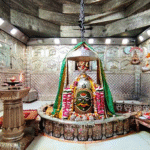 Shiva and Time – Why is He Called ‘Mahakaal’?
Shiva and Time – Why is He Called ‘Mahakaal’?
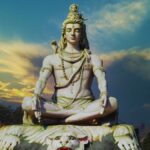 Shiva in the Puranas – Exploring the Legends of the Mahadev
Shiva in the Puranas – Exploring the Legends of the Mahadev
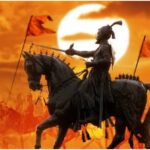 Veer Shiva Ji: The Legendary Warrior’s Tale
Veer Shiva Ji: The Legendary Warrior’s Tale
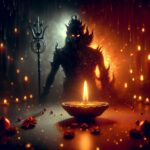 Why Celebrate Narak Chaturdashi? The Story, Significance, and Benefits of Worship
Why Celebrate Narak Chaturdashi? The Story, Significance, and Benefits of Worship
 Why is the Chaitra Month So Important?
Why is the Chaitra Month So Important?
 Why Late Middle Age is So Important: A Transformative Phase of Life
Why Late Middle Age is So Important: A Transformative Phase of Life
